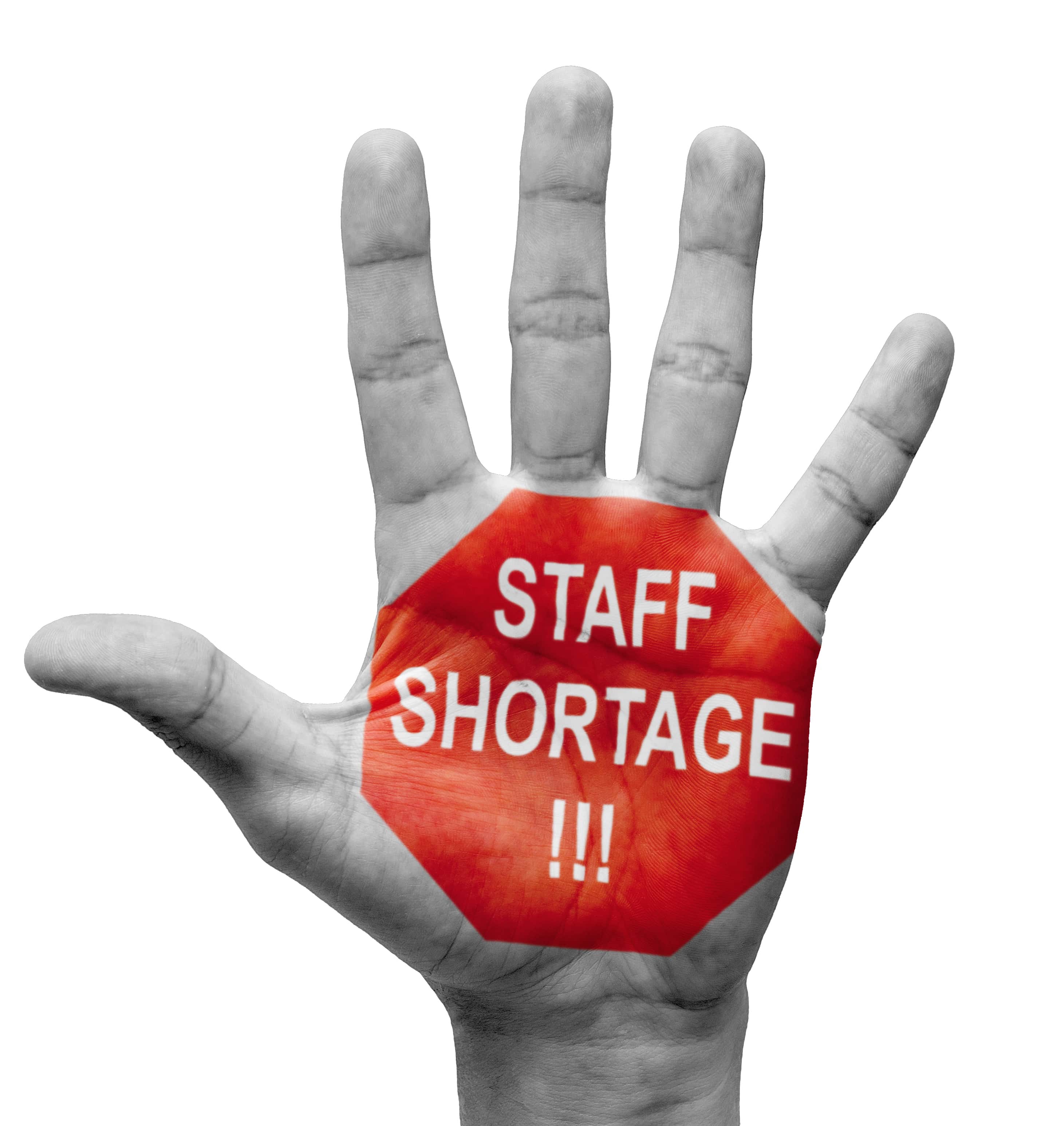
Identifying Hospital Labor Cost Opportunities by Conducting a Staffing Plan Assessment
COVID-19 vaccinations continue to roll out across the U.S. and we are ecstatic to see progress being made at crushing the curve. While we are optimistic about the future, the devastation of the pandemic has affected many lives and organizations that can’t go unnoticed.
Partnering with our healthcare organizations over the past year, one of the biggest issues we’ve encountered is organizations behind on operating plans from loss of revenue. One of the most essential elements of a successful recovery plan is to ensure labor is being used effectively and that no waste is occurring.
During our initial analysis of an organization’s workforce utilization, we frequently find unproductive staffing plans and inaccurate targets that are not properly capturing all required metrics. The second issue we find in conjunction with this situation is that not all stakeholders involved in the staffing process are properly trained. They do not fully understand the impacts and considerations to run a department as a productive manager.
When we meet and talk with nursing leaders regarding productivity variances or budget misses, we constantly hear unit leaders and managers say:
- Their staffing plans don’t match clinical needs because their financial team drives their targets
- They can’t meet productivity because they need more FTEs to support their patients, either for acuity or clinical needs
- They never received training on what is and isn’t included in their budget and how they can proactively manage their productivity
We’ve partnered with healthcare organizations who have strong financial teams and believe they have clear targets. They have robust Excel spreadsheets and a variety of data points that are used to develop productivity targets and staffing plans.
However, in our research, we find that most managers don’t understand how the staffing plans are developed. And when considering the resources who make daily staffing decisions (charge nurses, house supervisors, staffing offices, patient placements), they are not involved in budgeting conversations or have the proper training to be budget minded.

We also learn that there is no ongoing guidance or partnership with the finance department to monitor budget metrics throughout the year. At the rate of leadership growth, it is necessary to develop business training for new nursing leaders with ongoing touchpoints to manage toward the organization’s financial goals.
When we conduct a staffing plan assessment for a healthcare organization, we:
- Identify appropriate staffing levels for each department given changes and uncertainty
- Understand FTE needs based upon actual need and changes seen due to the pandemic
- Quantify the financial impact of productive plans and find “hidden labor waste”
- Look for additional cost savings measures and a pattern of exceeding targeted wage rate with unproductive outcomes
The staffing plan assessment evaluates accurate staffing levels for optimal productivity, determines financial impacts, and identifies operational opportunities. It’s customizable to any healthcare organization’s productivity methodology, and applicable for any department with productive hourly standards or workload indicators — inpatient, ancillary or ambulatory. If you have the data, we can assess your structure.
The result of the assessment provides four key deliverables:
- Per-unit comparison between budgeted standards and operational staffing plans
- Simple yet dynamic staffing plan generator that has specific “inputs” and “outputs”
- Table showing the financial impact by unit, quantifying the effect operational variances have on labor cost and workforce FTEs
- Report highlighting key action items and recommendations for improvement, prioritized by savings impact. This highlights our operational findings as gathered from stakeholder interviews and data analyzed.
In addition to actionable recommendations for improving workforce utilization, continued education and routine analysis are ideal to keep a healthcare organization on track toward its budget goals. A strategic plan to control labor costs without sacrificing quality of care will not only help achieve operational goals, but can also increase employee satisfaction.
Click here to learn more about the Avantas Staffing Plan Assessment.



